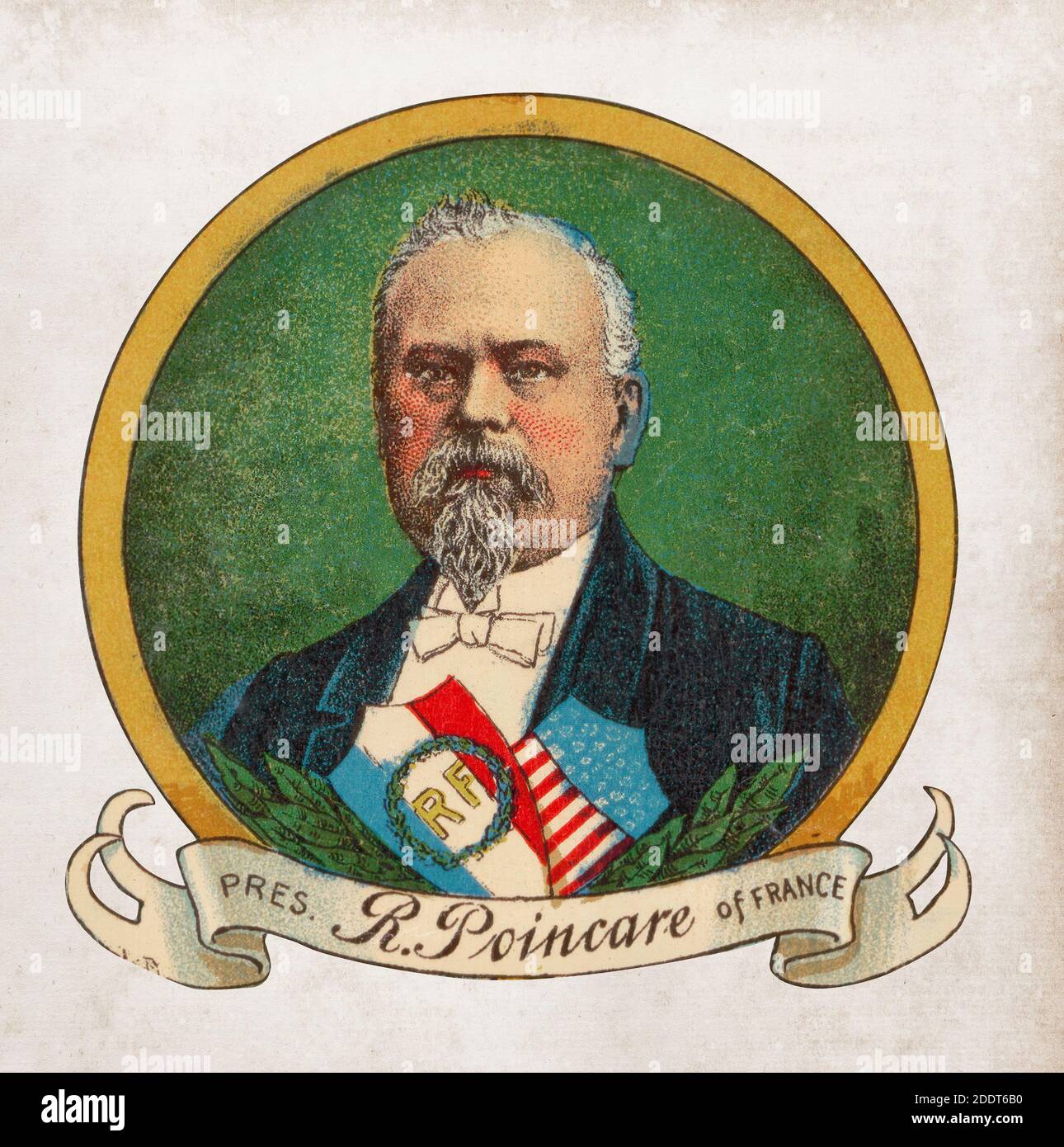
26) identifies the laws of dialectics as being reducible to three basic concepts: 1) the transformation of quantity into quality and vice versa, 2) the interpenetration of opposites, and 3) the negation of the negation, although Engels’s approach differs from that of many others on many grounds (Hegel, 1842 Georgescu-Roegen, 1971 Ilyenkov, 1977 Habermas, 1979). In a famous formulation, Engels (1940, p. Part V examines some emergent complexity concepts along similar lines, culminating in a broader synthesis. Part IV considers chaos theory from a dialectical perspective. Part III discusses how catastrophe theory can imply dialectical results. Part II of this paper briefly reviews basic dialectical concepts. In most linear models, continuous changes in inputs do not lead to discontinuous changes in outputs, which will be our mathematical interpretation of the famous quantitative change leading to qualitative change formulation. However, we shall not investigate these examples further. models of coupled markets linked by incommensurate irrational frequencies. We note that there are some linear models that generate discontinuities and various exotic dynamics,e.g. These approaches are all special cases of nonlinear dynamics, and their special aspects which allow for this analogue depend on their nonlinearity. In particular, we shall discuss certain elements of catastrophe theory, chaos theory, and complex emergent dynamics theory models that allow for a mathematical modelling of quantitative change leading to qualitative change, one of the widely claimed foundational concepts of the dialectical approach, and a key to its analysis of systemic political economic transformation. We shall not attempt to either explicate or defend the entirety of the dialectical approach, much less resolve its various contradictions, although we shall note how some of its aspects relate to this more specific argument. This is not the entirety of the dialectical method, which remains extremely controversial and redolent with remaining complications. However, this paper will argue that nonlinear dynamics offers a way in which a mathematical analogue to certain aspects of the dialectical approach can be modelled, in particular, that of the difficult problem of qualitative transformation alluded to above.

Indeed some (Georgescu-Roegen, 1971) argue that the dialectical method is in deep conflict with arithmomorphism, or a precisely quantitative mathematical approach, that its very essence involves the unavoidable invocation of a penumbral fuzziness that defies and defeats using most forms of mathematics in political economy. Although Marx can be argued to have been the first clear and rigorous mathematical economist (Mirowski, 1986), this aspect of his analysis generally eschewed mathematics. A long tradition, based on Marx, argues that this can be explained by a materialist interpretation of the dialectical method of analysis as developed by Hegel. Problems with this viewpoint are also discussed.Īmong the deepest problems in political economy is that of the qualitative transformation of economic systems from one mode to another. The first two of these especially are interpreted within the frameworks of catastrophe, chaos, and emergent dynamics complexity theoretic models, with the concept of bifurcation playing a central role.

The three principles are the transformation of quantity into quality, the interpenetration of opposites, and the negation of the negation. Three principles of dialectical analysis are examined in terms of nonlinear dynamics models. ASPECTS OF DIALECTICS AND NONLINEAR DYNAMICSĬambridge Journal of Economics, May 2000, vol.


 0 kommentar(er)
0 kommentar(er)
